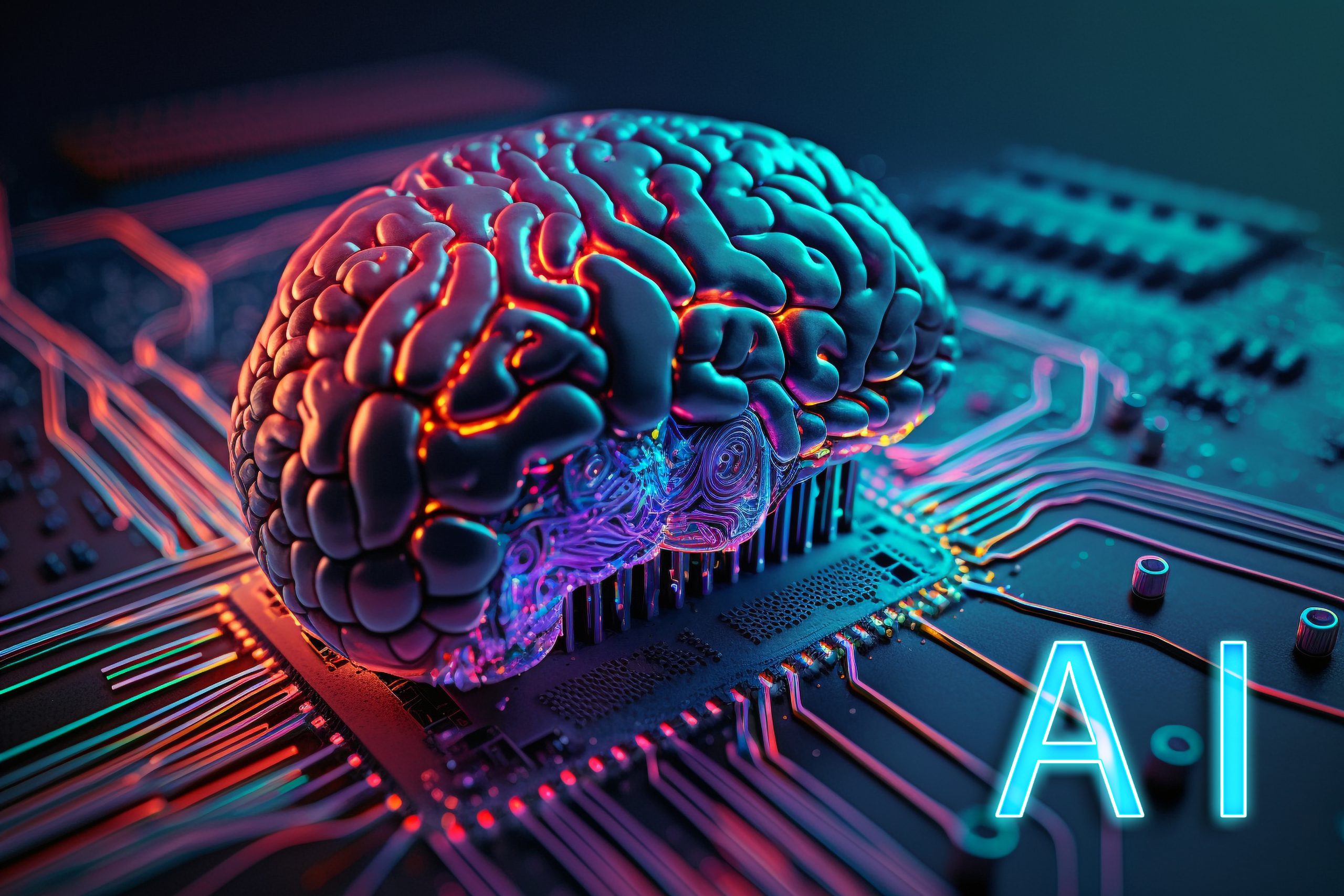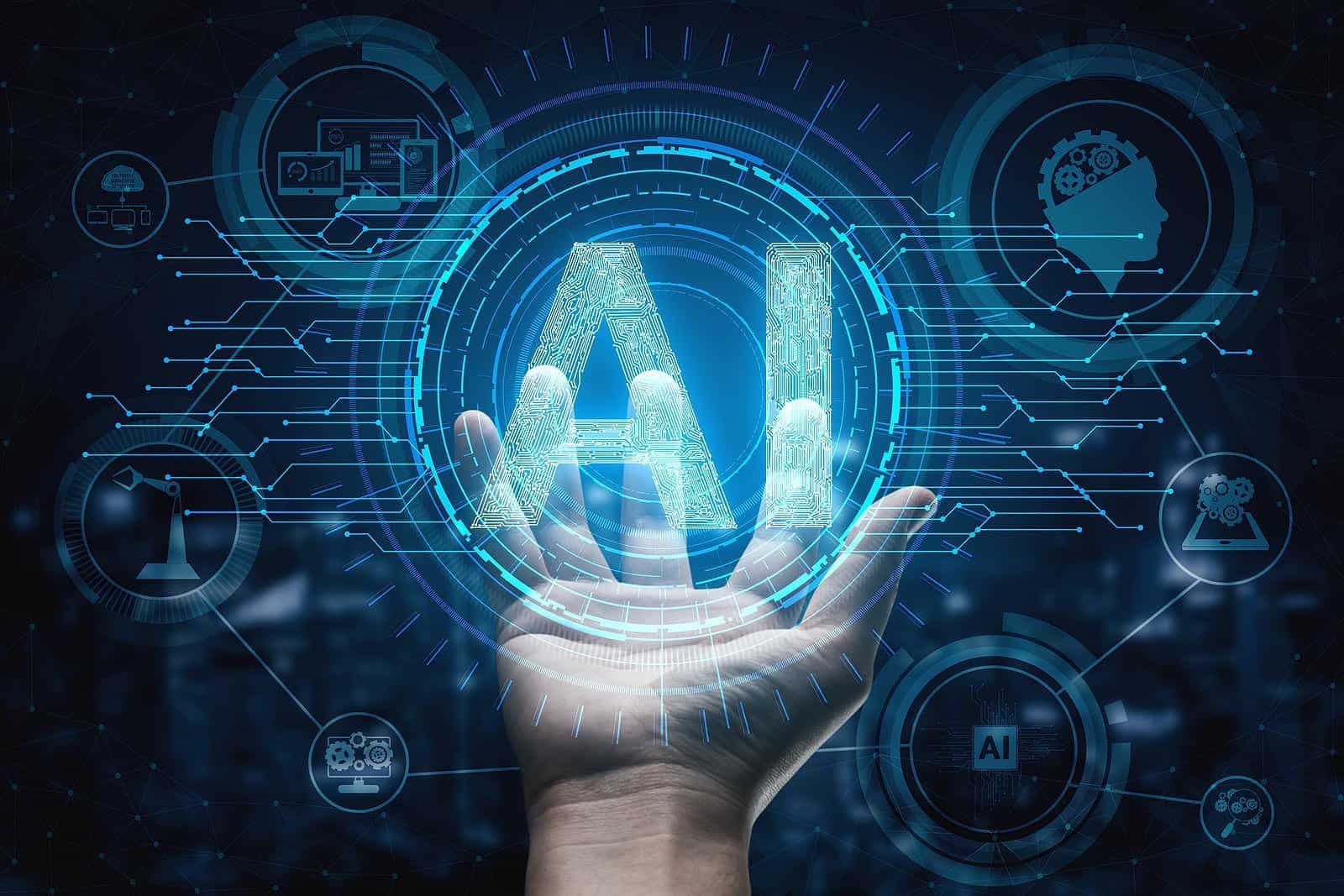
The Rise of the Robo-Comedian: How AI is Learning to Tell Jokes
For centuries, humor has been considered a uniquely human trait. The ability to perceive incongruity, create clever wordplay, and understand social contexts seemed beyond the reach of machines. But with the rapid advancements in artificial intelligence (AI), the landscape of comedy is beginning to shift. AI is now learning to tell jokes, write humorous stories, and even improvise comedic performances. This raises fascinating questions about the nature of humor, the potential of AI, and the future of entertainment.
The Anatomy of a Joke: Deconstructing Humor for AI
At its core, humor relies on creating a surprising or unexpected twist. This can involve playing with language, subverting expectations, or highlighting absurdities in everyday life. To teach AI to be funny, researchers must first deconstruct the anatomy of a joke and translate it into a language that machines can understand. This involves identifying the key elements that make a joke work, such as:
- Incongruity: The element of surprise or contradiction that makes a joke funny.
- Wordplay: The use of puns, double entendres, and other linguistic devices to create humor.
- Timing: The art of delivering a joke at the right moment to maximize its impact.
- Context: The social and cultural background that gives a joke its meaning.
By breaking down jokes into these components, researchers can create algorithms that allow AI to generate its own humorous content.
Training the Algorithm: Datasets and Machine Learning Techniques
The process of teaching AI to tell jokes typically involves training a machine learning model on a large dataset of humorous text. This dataset can include jokes, stand-up comedy routines, humorous stories, and even tweets. The AI model learns to identify patterns and relationships in the data, allowing it to generate new jokes that are similar to the ones it has seen before.
Several machine learning techniques are used to train AI comedians, including:
- Natural Language Processing (NLP): This field of AI focuses on enabling computers to understand and generate human language. NLP techniques are used to analyze the structure and meaning of jokes, as well as to generate new text that is grammatically correct and semantically coherent.
- Recurrent Neural Networks (RNNs): These are a type of neural network that are particularly well-suited for processing sequential data, such as text. RNNs can be used to generate jokes one word at a time, taking into account the context of the previous words.
- Generative Adversarial Networks (GANs): These are a type of machine learning model that consists of two neural networks: a generator and a discriminator. The generator tries to create new jokes that are indistinguishable from real jokes, while the discriminator tries to identify the fake jokes. Through this adversarial process, the generator learns to create increasingly realistic and funny jokes.
Early Examples and Current State of AI Humor
The early attempts at AI humor were often clumsy and predictable. The jokes generated by these systems tended to be nonsensical or simply unfunny. However, as AI technology has advanced, the quality of AI-generated humor has improved significantly.
Today, there are several AI systems that can generate jokes that are genuinely funny. For example, researchers at Google have developed a system called "Transformer" that can generate jokes that are on par with those written by humans. Other AI systems have been used to write humorous stories, create funny tweets, and even perform stand-up comedy routines.
While AI has made significant progress in the realm of humor, it is still far from perfect. AI-generated jokes can sometimes be repetitive, predictable, or even offensive. This is because AI models are trained on data that may contain biases or stereotypes. As a result, it is important to carefully curate the data that is used to train AI comedians and to monitor the output of these systems to ensure that they are not generating harmful or offensive content.
Challenges and Limitations of AI Comedy
Despite the advancements in AI humor, there are still several challenges and limitations that need to be addressed. Some of these challenges include:
- Understanding Context: Humor is often heavily dependent on context. A joke that is funny in one situation may not be funny in another. AI systems need to be able to understand the context in which a joke is being told in order to generate humor that is appropriate and effective.
- Emotional Intelligence: Humor is often used to express emotions, such as joy, sadness, or anger. AI systems need to be able to understand and express emotions in order to generate humor that is truly relatable and engaging.
- Creativity and Originality: AI-generated jokes can sometimes be derivative or unoriginal. AI systems need to be able to generate humor that is truly creative and innovative.
- Ethical Considerations: As AI becomes more sophisticated, it is important to consider the ethical implications of using AI to generate humor. For example, AI-generated jokes could be used to spread misinformation, promote hate speech, or exploit vulnerable populations.
The Future of AI and Humor: Collaboration and New Forms of Entertainment
Despite these challenges, the future of AI and humor is bright. As AI technology continues to advance, we can expect to see even more sophisticated and creative AI comedians.
One potential future direction is the collaboration between humans and AI in the creation of humor. Human comedians could work with AI systems to generate new ideas, refine their jokes, or even perform entire routines. This collaboration could lead to new and innovative forms of entertainment that are both funny and thought-provoking.
Another potential future direction is the use of AI to personalize humor. AI systems could be used to generate jokes that are tailored to the individual preferences of each listener. This could lead to a more engaging and enjoyable experience for everyone.
Conclusion: AI, Laughter, and the Human Connection
The rise of AI comedians is a fascinating development that has the potential to transform the landscape of entertainment. While AI may never be able to fully replicate the human experience of humor, it can still be a powerful tool for generating laughter and connecting with people. As AI technology continues to advance, we can expect to see even more creative and innovative uses of AI in the world of comedy.
The ability of AI to tell jokes also raises profound questions about what it means to be human. Is humor a uniquely human trait, or is it something that can be replicated by machines? Can AI truly understand humor, or is it simply mimicking the patterns and structures of human language? These are questions that will continue to be debated as AI becomes more integrated into our lives. Regardless of the answers, the rise of the robo-comedian is a reminder that the boundaries between humans and machines are becoming increasingly blurred. And perhaps, in the shared experience of laughter, we can find a new way to connect with each other and with the technology that is shaping our world.
